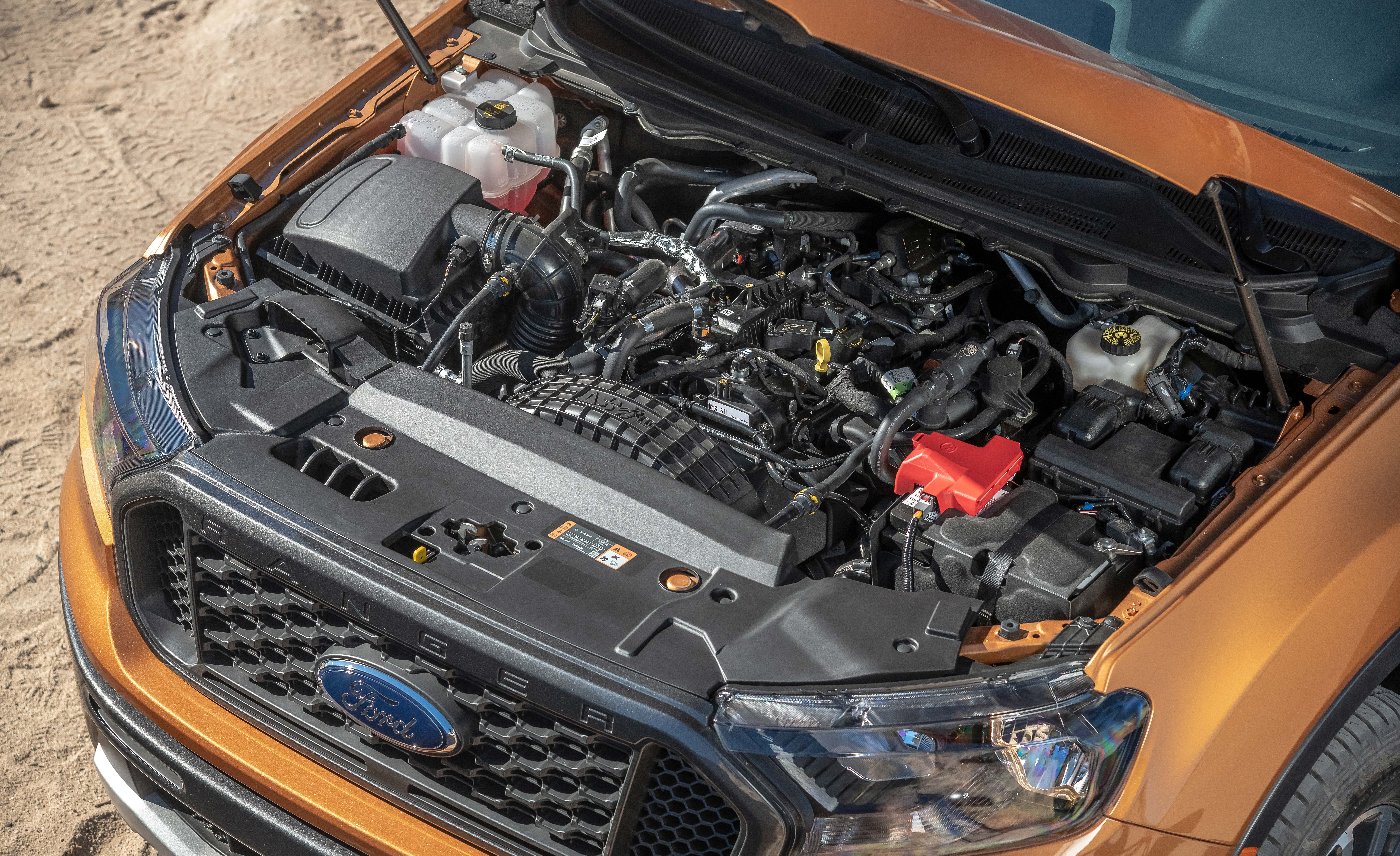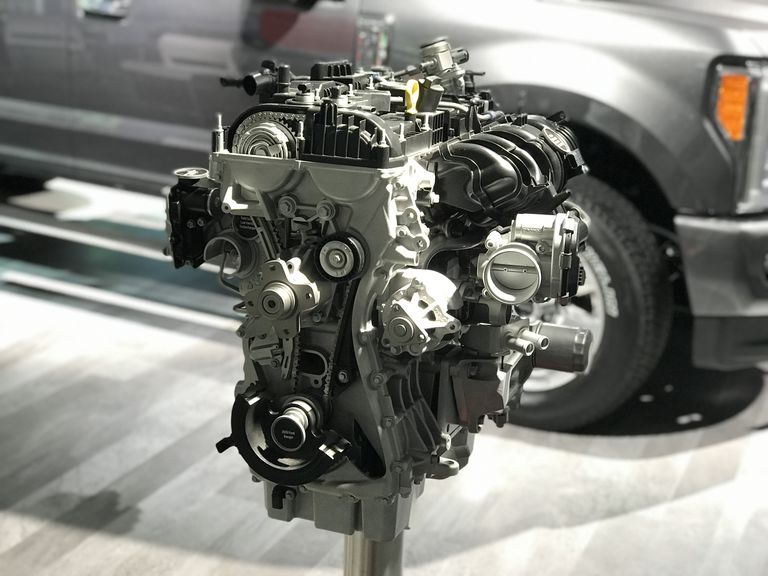Explore the Key Features of the 2.2 Ford Ranger Engine and Its Fuel Efficiency
Explore the Key Features of the 2.2 Ford Ranger Engine and Its Fuel Efficiency
Blog Article
Understanding the Fundamentals of Cars And Truck Engines: Attributes, kinds, and features

Introduction of Vehicle Engines
An automobile engine acts as the heart of a lorry, converting gas into power to drive it ahead. This intricate system consists of different parts that operate in unison to make certain optimum performance and performance. The essential procedure of an automobile engine involves the interior burning process, in which gas and air are mixed, stired up, and removed to develop power.
The engine's layout can substantially impact its efficiency, fuel effectiveness, and exhausts. Trick components include the cylinder block, pistons, crankshaft, and camshaft, each playing an important duty in the engine's overall function.
In addition to these elements, engines often utilize different systems such as gas shot, ignition, and cooling down systems to enhance performance and longevity. Comprehending the fundamental technicians of car engines is important for identifying problems and executing maintenance, ultimately adding to the car's dependability and performance over time.

Kinds Of Cars And Truck Engines
Auto engines can be classified right into numerous kinds based on their design, fuel type, and operational concepts. 2.2 ford ranger engine. One of the most common categories consist of inner combustion engines (ICE), electric engines, and crossbreed engines
Internal combustion engines, which can be further separated right into gas and diesel motor, run by firing up a fuel-air mixture to generate power. Gas engines are usually lighter and smoother, while diesel engines are extra fuel-efficient and deal greater torque.
Electric engines make use of electric power kept in batteries to power an electric motor, giving immediate torque and zero discharges during procedure. As technology advancements, electrical automobiles (EVs) are increasingly coming to be prominent for their ecological benefits and lower running prices.
Hybrid engines incorporate aspects of both internal burning and electrical engines, permitting flexible power resources and boosted gas efficiency. They can run in different settings, using either the gas engine, the electric motor, or both at the same time.
Each sort of engine has distinctive benefits and drawbacks, influencing their application in various automobile types and market sectors, from compact cars to durable vehicles. Comprehending these kinds is essential for making notified choices regarding car selection and performance expectations.
Engine Features Explained
Comprehending engine features is essential for realizing how cars run efficiently. At the core of any interior burning engine exists the fundamental procedure of transforming fuel into power. This procedure starts with the intake stroke, where air and gas are attracted into the combustion chamber. Following this, the compression stroke compresses the air-fuel blend, increasing its temperature and stress.
The ignition takes place next, igniting the mix and producing a rapid expansion of gases. This force drives the piston down during the power stroke, which eventually converts into the rotational movement of the crankshaft. The exhaust stroke then removes the spent gases from the chamber, making way for a brand-new cycle to start.
Along with these main functions, engines also integrate systems that manage air conditioning and lubrication, ensuring optimum operational temperatures and reducing rubbing in between moving components. This complex interplay of functions makes it possible for the engine to create the power required for vehicle propulsion while keeping effectiveness and reliability. Understanding these features offers valuable understanding right discover this info here into the complexities of automotive design and improves the capability to diagnose and resolve engine-related concerns effectively.
Key Engine Functions
Engine layout encompasses several key features that substantially affect resilience, efficiency, and performance. Among the most important aspects is the engine arrangement, that includes inline, V-type, and level layouts. Each configuration influences the engine's size, power, and equilibrium output, therefore affecting total car characteristics.
An additional vital feature is the engine displacement, describing the overall quantity of all cyndrical tubes. Larger displacements typically generate more power however may jeopardize gas performance. Engine materials likewise play a pivotal function; lightweight and high-strength materials, such as light weight aluminum and magnesium alloys, enhance performance without including extreme weight.
The sort of gas injection system employed-- such as straight or multi-port injection-- impacts burning performance and exhausts. Supercharging and turbocharging linked here are attributes that increase engine efficiency by requiring extra air right into the combustion chamber, boosting power outcome without significantly increasing engine size.
Lastly, the presence of innovative engine monitoring systems maximizes fuel-air mixture and ignition timing, adding to smoother operation and better fuel economy. Jointly, these attributes specify an engine's abilities, establishing the structure for its efficiency and durability in a competitive automotive landscape.
Upkeep Tips for Engines
Appropriate engine maintenance is essential for making certain optimum efficiency and durability, as overlooking routine treatment can cause considerable issues down the line. To maintain your engine properly, begin with regular oil adjustments, typically every 3,000 to 7,500 miles, relying on the sort of oil used. Fresh oil lubricates engine components, reducing rubbing and wear.
Additionally, keeping track of coolant levels is crucial to avoid overheating. Guarantee that the coolant is topped up and remains in good problem to maintain reliable temperature level policy. On a regular basis replace and evaluate air and fuel filters, as clogged up filters can hinder air movement and gas shipment, endangering engine effectiveness.
In addition, take notice of trigger plugs and ignition systems. Worn or damaged ignition system can result in misfiring and lowered performance. Inspecting the battery terminals and links for corrosion is likewise essential, as a weak battery can affect engine beginning.

Final Thought
In recap, a detailed understanding of auto engines incorporates numerous kinds, features, and vital attributes that significantly influence automobile efficiency. Inner burning engines, together with hybrid and electric options, demonstrate diverse mechanisms for energy conversion. 2.2 ford ranger engine. Acknowledging the vital features, such as intake and exhaust cycles, together with vital engine functions like setup and fuel injection systems, gears up automobile owners with the knowledge necessary for reliable upkeep and procedure, eventually enhancing news vehicle longevity and effectiveness
An auto engine offers as the heart of an automobile, converting fuel right into mechanical power to push it forward. The basic operation of an automobile engine involves the internal burning process, where fuel and air are mixed, ignited, and removed to produce power.
Consistently change and check air and fuel filters, as clogged up filters can impede airflow and gas distribution, jeopardizing engine effectiveness. - 2.2 ford ranger engine
In recap, a detailed understanding of auto engines encompasses various kinds, features, and crucial features that significantly influence vehicle performance. Identifying the important features, such as intake and exhaust cycles, along with critical engine attributes like arrangement and gas shot systems, equips vehicle owners with the expertise necessary for efficient upkeep and operation, eventually boosting vehicle durability and performance.
Report this page